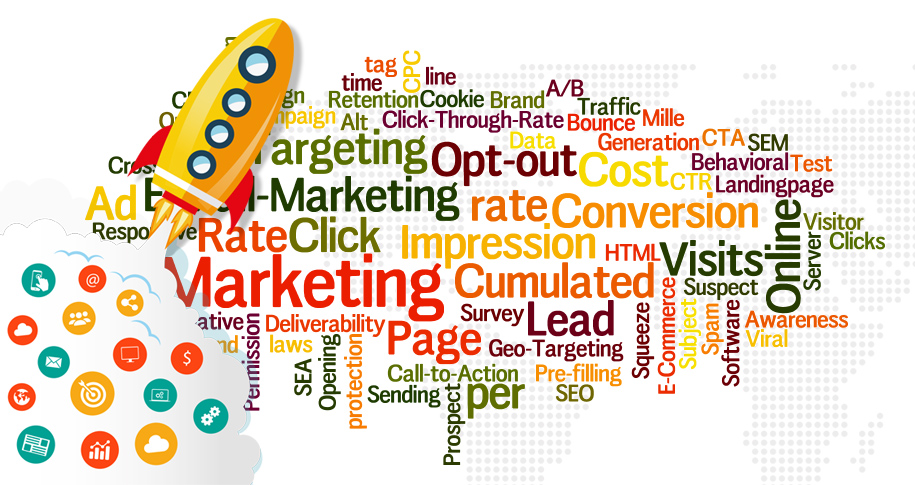What Is Bounce Rate?
Bounce rate is a metric used in web analytics to measure the percentage of visitors who land on a webpage and then leave without interacting further with the site. A “bounce” happens when a user visits a page and exits without clicking on other links, browsing additional pages, or engaging with any content. A high rate can indicate that the landing page is not meeting users’ expectations, while a low bounces suggests that visitors are finding what they need and exploring more of the website.
Why Is Bounce Rate Important?
- Indicates Website Performance
Bounce rate provides insights into how well a webpage is performing in terms of user engagement. A high rate of bounce may indicate poor content, slow load times, or a lack of clear navigation, which can lead to visitors leaving without further interaction. - Helps Improve User Experience
A high rate of bounces often signals issues with the user experience, such as irrelevant content or confusing navigation. By analyzing bounce data, businesses can identify and fix problems, creating a more engaging and enjoyable experience for visitors. - Affects SEO
While bounces is not a direct ranking factor for Google, it can influence SEO indirectly. A high rate of bounce may indicate that users aren’t engaging with the site, which can negatively impact rankings. Google prioritizes websites with positive user engagement, so a lower bounce rate can improve SEO.
How to Reduce Bounce Rate
- Optimize Page Load Speed
Slow-loading pages are one of the primary causes of high B.R. Ensure your website loads quickly by compressing images, minimizing JavaScript, and using a fast hosting provider. - Improve Content Relevance
Make sure the content on your landing pages matches the expectations set by your ads or search engine results. Irrelevant content is a common reason for visitors to leave immediately. - Clear Call-to-Actions (CTAs)
Place clear and compelling CTAs on your pages to encourage visitors to take the next step, whether it’s signing up for a newsletter, downloading a resource, or making a purchase. - Mobile Optimization
With more people browsing the web on mobile devices, it’s crucial to optimize your site for mobile. Ensure that your website is responsive and provides a seamless experience across different screen sizes. - Provide High-Quality Visuals and Layout
A visually appealing design and layout can keep users engaged. Use high-quality images, videos, and interactive elements to make the page more attractive and keep visitors interested.
Conclusion
Bounce rate is a vital metric for assessing user engagement and the performance of your landing pages. By reducing your bounce rate, you can improve user experience, SEO, and overall website effectiveness.
Explore More Terms
1. B2B Marketing2. Brand Awareness
3. Brand Equity
4. Content Marketing
5. Conversion Rate Optimization (CRO)
